The diversity of quantum sensing applications is exciting for scientists, but challenging for potential investors.
Get the latest international news and world events from around the world.

Nvidia Instant NeRF: A Tool that Turns 2D Snapshots into a 3D-Rendered Scene
Nvidia’s AI model is pretty impressive: a tool that quickly turns 2D snapshots into a 3D-rendered scene. The tool is called Nvidia Instant NeRF, referring to “neural radiance fields”.
Nvidia’s AI model is pretty impressive: a tool that quickly turns a collection of 2D snapshots into a 3D-rendered scene. The tool is called Instant NeRF, referring to “neural radiance fields”.
Known as inverse rendering, the process uses AI to approximate how light behaves in the real world, enabling researchers to reconstruct a 3D scene from a handful of 2D images taken at different angles. The Nvidia research team has developed an approach that accomplishes this task almost instantly making it one of the first models of its kind to combine ultra-fast neural network training and rapid rendering.
NeRFs use neural networks to represent and render realistic 3D scenes based on an input collection of 2D images.
Reversing hearing loss with regenerative therapy
The MIT spinout Frequency Therapeutics uses a new kind of druggable regenerative therapy that targets progenitor cells to create hair cells of the inner ear and reverse hearing loss.
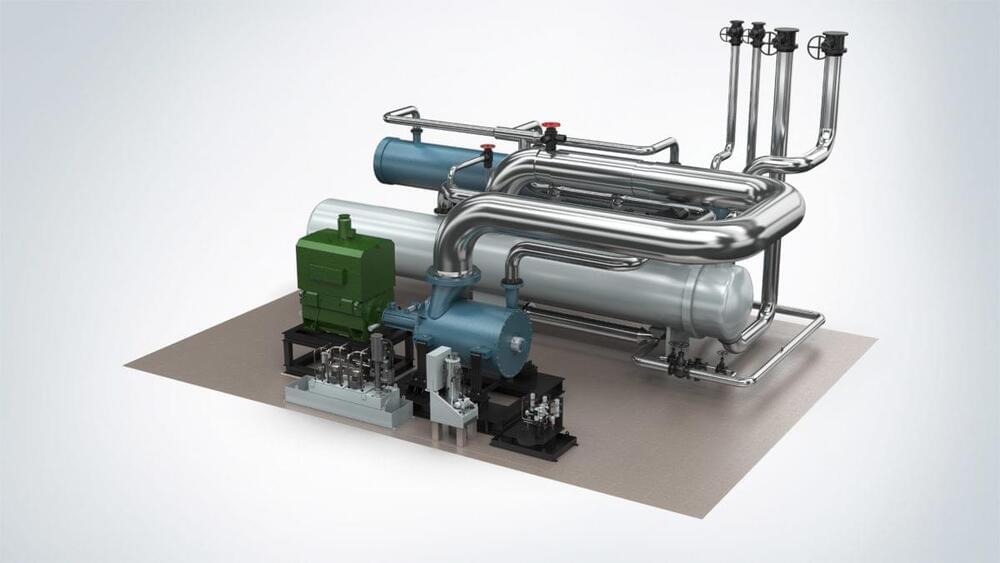

Taking Definitive Action on Your Sustainability Goals
This doesn’t mean you need to don an ushanka and start marching. You can start taking collective action by focusing on community groups and connecting with climate leaders. This will likely help you solve other issues, too, like waste disposal, recycling, and community clean-up projects in your locale.
Conclusion
Combating climate change requires all of us to reconsider our individual and collective climate responsibility. As an individual, you can do your part and let others know what you are doing. It has never been easier to connect with the world and share than it is today. You can join others in writing letters to the editor of your local newspaper, or your local and national government representatives. You can join groups like Citizens’ Climate Lobby and learn how to engage policy decision-makers. And in your daily routines, you can lead by example.
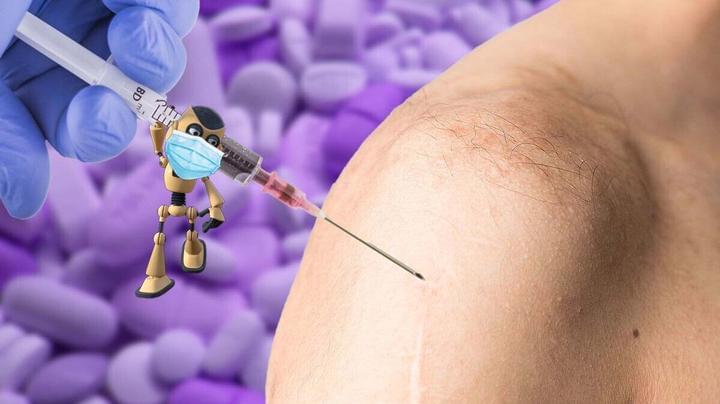

Aerial Photos Document the Expansive Greenhouses Covering Spain’s Almería Peninsula
A follow-up to his series focused on the glow of LED-lit greenhouses, Tom Hegen’s new collection peers down on the landscape of Spain’s Almería peninsula. The German photographer is broadly interested in our impact on the earth and gears his practice toward the aerial, offering perspectives that illuminate the immense scale of human activity.
In The Greenhouse Series II, Hegen captures the abstract topographies of the world’s largest agricultural production center of its kind, which stretches across 360-square kilometers of rugged, mountainous terrain in the southern part of the country. The sun-trapping structures house plants like tomatoes, peppers, cucumbers, and watermelons that provide fresh produce to much of Europe year-round.
While 30 times more productive than typical farmland in the region, the facilities also function at a cost to the local ecosystems. “Groundwater is being polluted with fertilisers and pesticides. Some 30,000 tons of plastic waste are created each year,” Hegen tells Colossal, noting that the greenhouses are made almost entirely of plastic foil, which is shredded and discarded nearby once it’s no longer useful. “From there, wind and erosion transport it to the (Mediterranean Sea).”
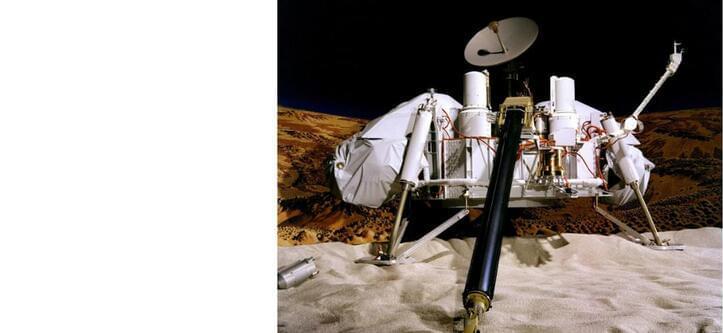
Alien Life: What Would Constitute “Smoking Gun” Evidence?
Multiple lines of evidence — physical, chemical, and biological — must converge for scientists to conclude that alien life has been found. This article was posted on Big Think. Check it out here: https://bigthink.com/hard-science/alien-life-smoking-gun-evidence
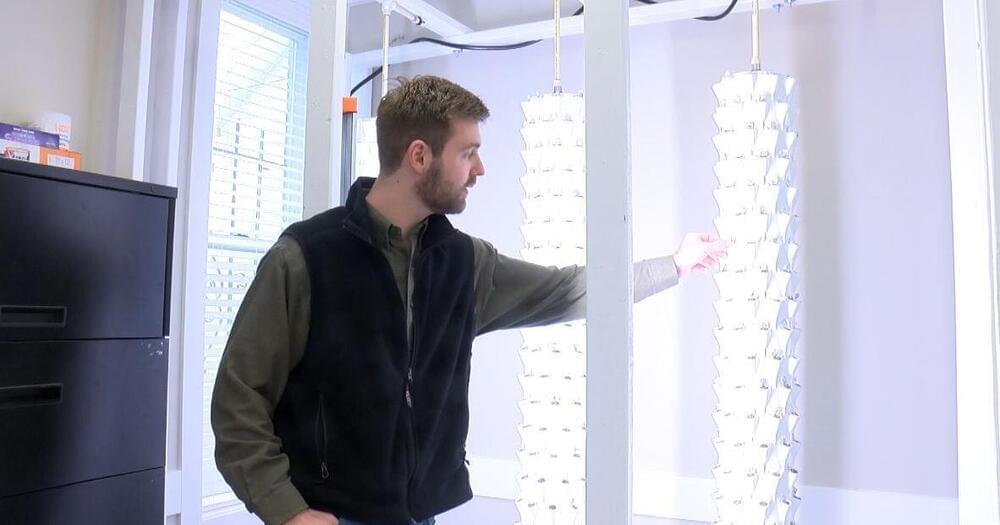
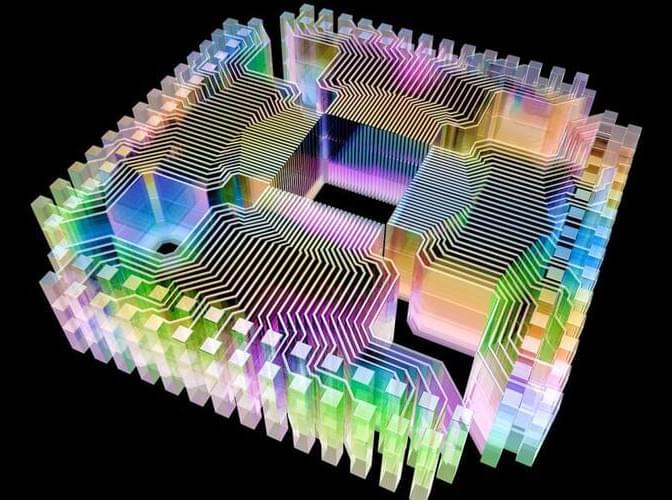
Quantum computing has a hype problem
Quantum computing startups are all the rage, but it’s unclear if they’ll be able to produce anything of use in the near future.
As a buzzword, quantum computing probably ranks only below AI in terms of hype. Large tech companies such as Alphabet, Amazon, and Microsoft now have substantial research and development efforts in quantum computing. A host of startups have sprung up as well, some boasting staggering valuations. IonQ, for example, was valued at $2 billion when it went public in October through a special-purpose acquisition company. Much of this commercial activity has happened with baffling speed over the past three years.
I am as pro-quantum-computing as one can be: I’ve published more than 100 technical papers on the subject, and many of my PhD students and postdoctoral fellows are now well-known quantum computing practitioners all over the world. But I’m disturbed by some of the quantum computing hype I see these days, particularly when it comes to claims about how it will be commercialized.